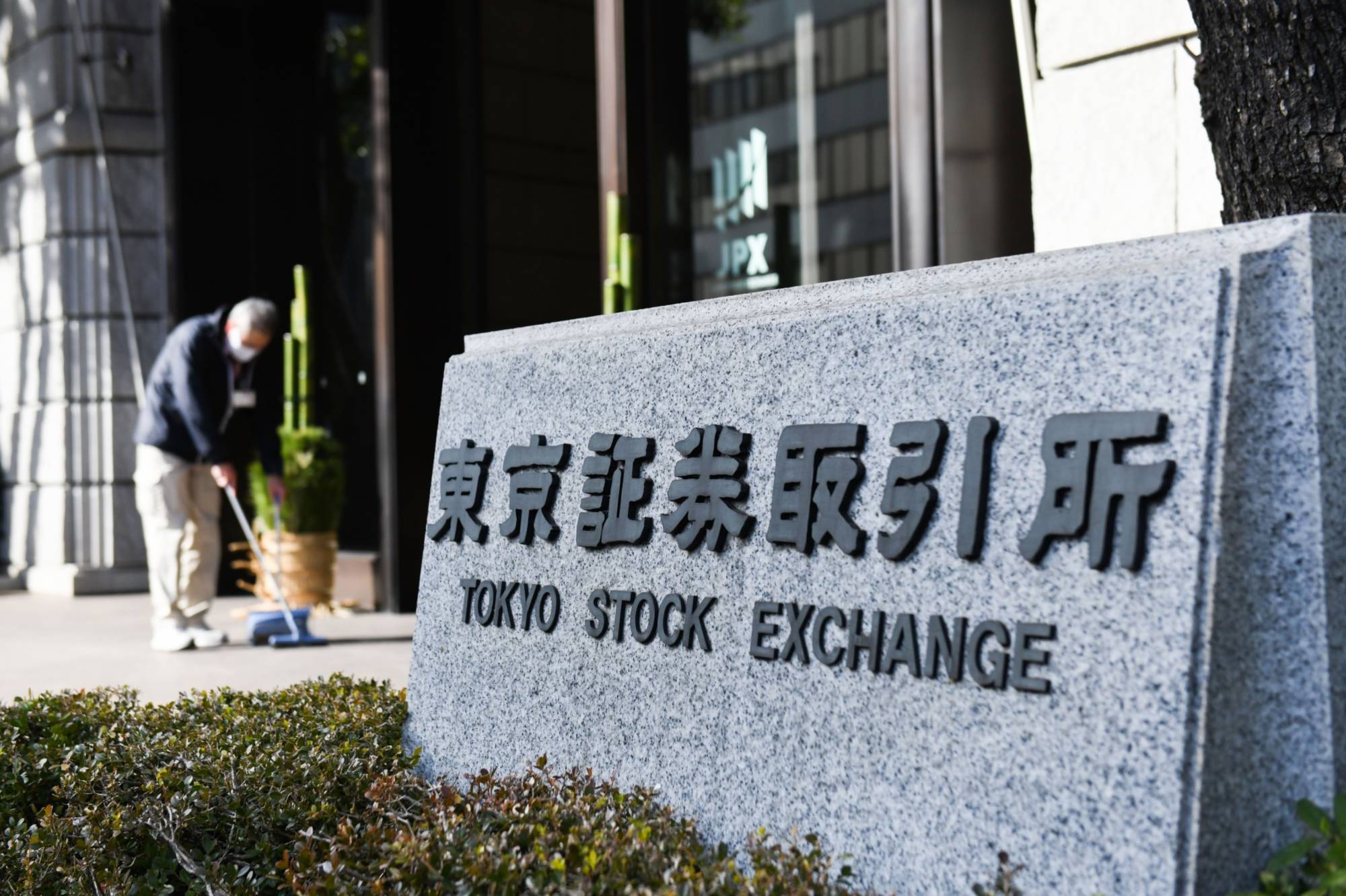While the human toll of the COVID-19 pandemic in Japan has differed dramatically from that in the United States, the two countries have followed similar patterns over the past year: an initial outbreak followed by summer and winter waves of increasing intensity, and economic markets that bottomed out in March 2020 only to come roaring back.
The Nikkei is particularly notable given the 停滞 (teitai, stagnation) trend over the past 30 years. On Feb. 15, the 終値 (owarine, closing price) finished above ¥30,000 for the first time since August 1990, leading to a nearly identical headline in every major newspaper in Japan: 3万円台回復 (Sanman-en dai kaifuku, literally: return to ¥30,000 level).
The response to stay-at-home advisories, job losses and 市場ボラティリティ (shijō boratiriti, market volatility) has also been the same in both countries: Record numbers of 個人投資家 (kojin tōshika, individual investors) are taking advantage of online investing platforms to try their luck with the markets.



















With your current subscription plan you can comment on stories. However, before writing your first comment, please create a display name in the Profile section of your subscriber account page.